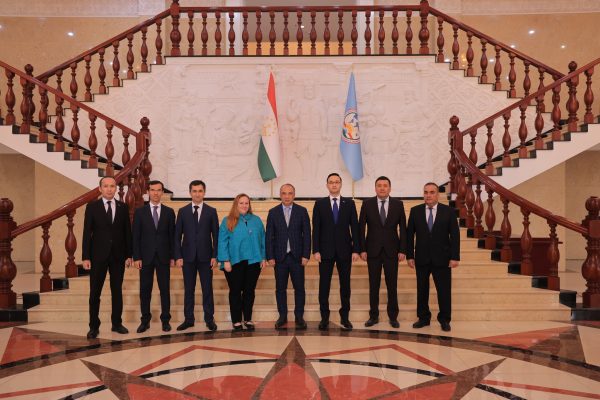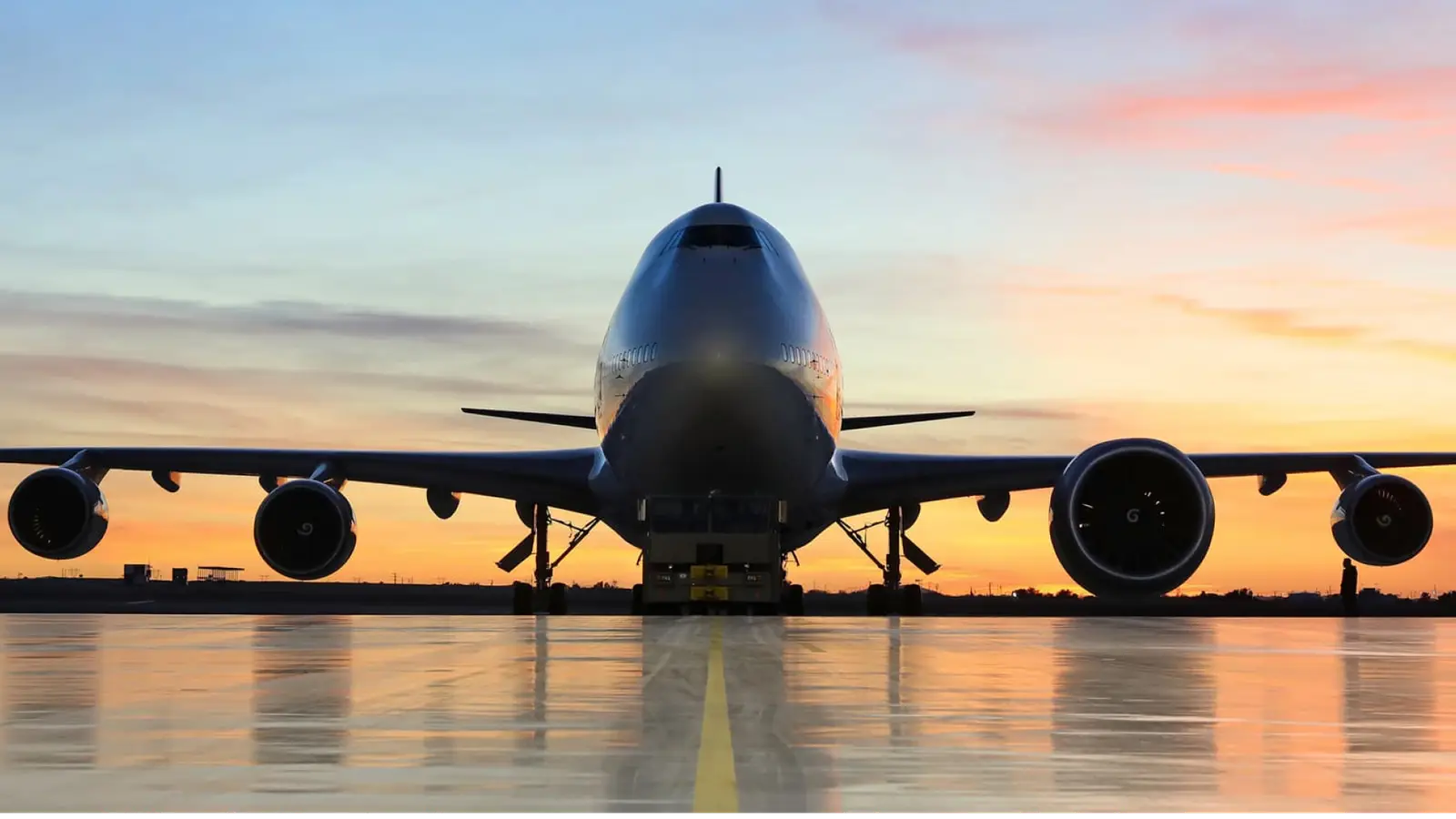By Alexandra Beloussova
Copyright thediplomat

On September 4, 2025, the C5+1 Secretariat convened in Dushanbe to prepare for the upcoming 10th anniversary of the diplomatic forum between the five Central Asian states and the United States. The discussions centered on the growing importance of economic diplomacy and the pursuit of long-term partnerships. The meeting followed closely on the heels of the September 1 Shanghai Cooperation Organization (SCO) Summit in Tianjin, China, which underscored themes of multipolarity and multilateral cooperation. The global community keenly followed the SCO’s developments, as the summit brought together India’s Narendra Modi and China’s Xi Jinping for the first time in seven years, where they pledged to promote friendship rather than rivalry. Following his return to power for a second term, U.S. President Donald Trump has pursued an assertive foreign policy that has affected countries across the globe, including India, China, and the Central Asian states. The SCO summit concluded with participating countries, including all of the Central Asian nations except Turkmenistan, committing to deepen cooperation and promote a more multipolar world. For many observers, this stood as a challenge to Trump’s “America First” approach to international relations. The C5+1 is a regional diplomatic framework linking the U.S. and Central Asia, through which the United States seeks to strengthen economic and political ties with the region and position itself as a reliable alternative to Russia and China. What has the return of Trump to the U.S. presidency meant for the grouping? Challenges for the C5+1 A primary challenge that C5+1 faces is Trump’s ongoing trade war. On August 1, a 25 percent tariff on Kazakh goods went into effect. Earlier, in April, the U.S. implemented a blanket 10 percent tariff on all countries, including Central Asia. The unilateral tariff regime runs counter to the C5+1’s main stated goal of “an independent, prosperous, and secure Central Asia that addresses common concerns in partnership with the US,” with the U.S. seemingly abandoning partnership in favor of self-interest. But perspectives on the tariff regime vary. Kyrgyzstan views the comparatively low tariff of 10 percent as an opportunity to exploit competitive advantage over countries with higher tariffs. In addition, 95 percent of Kazakh and 86 percent of Uzbek exports to the American market (including rare earth metals, uranium, oil, and services) enjoy exemptions from the tariffs. The exemptions and comparatively low tariff rates come alongside heightened U.S. interest in the C5+1 framework’s Critical Minerals Dialogue, with deals already covering mining and nuclear power in Uzbekistan and Kazakhstan. In other words, the tariff regime constitutes a challenge that sours relations between C5+1 members, but the exemptions and low rates show it can be navigated with negotiations. The other main challenge for the C5+1 comes from the looming threat of secondary sanctions in relation to the Russian war in Ukraine. In his effort to address the Russian-Ukrainian conflict, Trump has threatened to impose such measures to weaken Russia’s economy. For Central Asia, however, these sanctions would be especially damaging. One proposal suggests that the U.S. could impose tariffs of up to 500 percent on goods from any country engaged in buying or selling Russian oil, natural gas, uranium, or related petroleum and petrochemical products. Yet a “full economic blockade” is unlikely to produce the intended results. Instead, it risks worsening U.S. relations with the entire region and undermining prospects for long-term cooperation. At this juncture, C5+1 negotiations are critical for striking a balance: reducing dependence on Russia while safeguarding Central Asian economies from the fallout of potential secondary sanctions. The Other Friends Central Asia, however, has other pathways for shaping its economic and political future, ones not constrained by U.S. threats and volatility. Originally framed as an engagement initiative, the C5+1 now seems increasingly at odds with the spirit of partnership and trust, particularly in light of recent tariffs and talks about sanctions. Despite widespread expectations, Central Asia continues to maintain cordial relations with its former colonizer, Russia. Indeed, rather than distancing itself after Russia’s setbacks in Ukraine, Central Asia has deepened economic and energy ties with Moscow, with booming trade and growing Russian business presence in the region. Russia has entrenched its influence by securing stakes in Kazakhstan’s and Uzbekistan’s energy sectors, redirecting pipelines, leveraging Kazakhstan’s oil and uranium industries, and positioning Rosatom for a central role in Kazakhstan’s nuclear power ambitions. China has also already drawn Central Asia closer through the Belt and Road Initiative, and these deepening ties were further underscored at the recent SCO summit, where discussions focused on strengthening multilateral cooperation across the full range of SCO activities, spanning politics, security, trade, investment, energy, and beyond. The summit’s outcome was largely positive: 24 agreements were signed, and Chinese President Xi Jinping announced grants for SCO members totaling approximately $280 million for the current year. Looking ahead, Xi pledged $ 1.4 trillion over the next three years through the SCO Interbank Consortium, underscoring China’s commitment to supporting long-term economic growth in member states. In addition, the Tianjin Declaration emphasized “respect for cultural diversity and the pursuit of common development.” These investments and the proposal for a strategic partnership highlight China’s intention to foster durable cooperation with Central Asian countries. In this context, China and the SCO appear to counterbalance the negative effects of the U.S. administration’s inconsistent fulfillment of commitments under the C5+1 initiative. The Road Ahead The United States aims to expand its influence in Central Asia, reduce the region’s reliance on Russia, and counter China’s growing presence. However, the region’s confidence in the U.S. remains limited and is increasingly waning largely due to the volatility of recent American foreign policy. At the same time, Central Asia continues to maintain close ties with Russia while deepening engagement with China through mechanisms such as the SCO and the Belt and Road Initiative. If the U.S. hopes to preserve and strengthen the C5+1 framework, which marks its 10th anniversary this year, it may need to fundamentally reassess its approach. The future trajectory of the C5+1 may become clearer at the U.N. General Assembly’s General Debate this week, where world leaders – including those form Central Asia – are expected to articulate their visions for global politics and the forum’s near-term direction.



